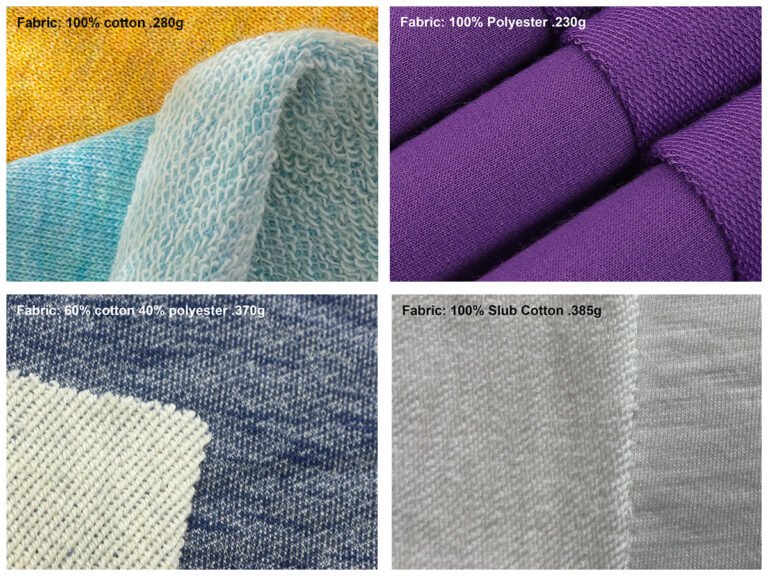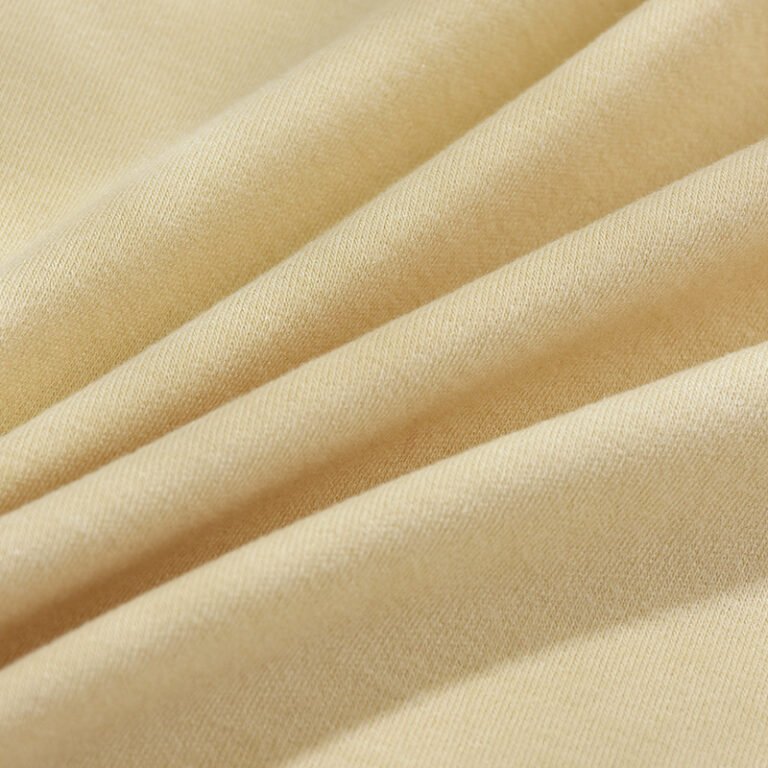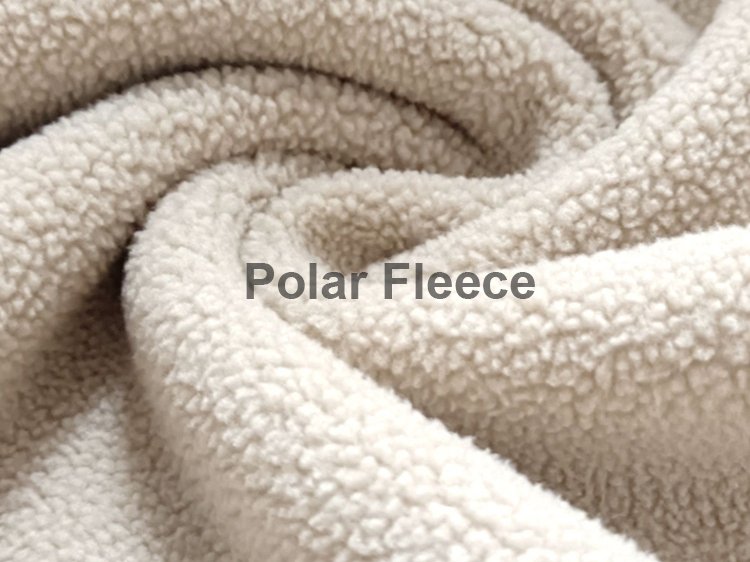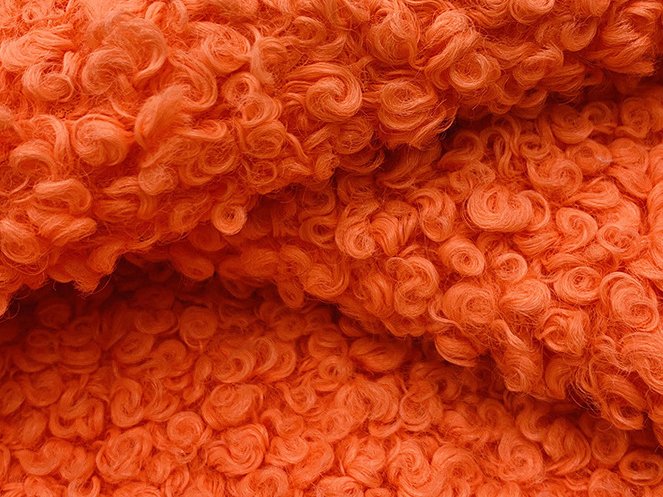Every Successful Clothing Brand From Start-Up
Corduroy Fabric: Everything You Need to Know


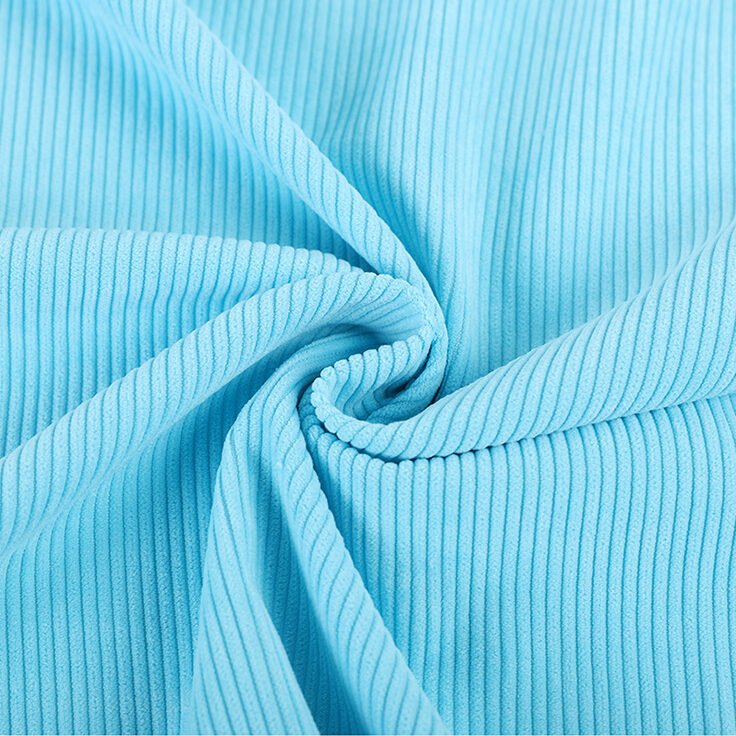



What is Corduroy?
Corduroy is a durable fabric characterized by its distinctive raised “cords” or “wales” that run vertically along the fabric. Historically, corduroy dates back to ancient Egypt around 200 A.D. under the name “fustian” and became widely popular in England during the 18th century. It was traditionally made from cotton but can also include polyester, spandex, and other fibers for added properties.
Characteristics of Corduroy
Corduroy is known for several key characteristics:
- Durability: The fabric’s structure makes it robust and long-lasting.
- Comfort: The soft, raised texture provides a plush feel, making it comfortable to wear.
- Warmth: The thickness and structure of corduroy offer good insulation, ideal for colder weather.
- Versatility: Available in various wale widths, corduroy can be adapted for different uses from fashion to home decor.
Types of Corduroy
- Standard Corduroy: Features medium-width ribs (typically 11 wales per inch). It’s versatile for clothing and upholstery.
- Wide-Wale Corduroy: Has larger, more pronounced ribs, offering a bold texture suitable for jackets and heavy-duty items.
- Pinwale Corduroy: Very fine ribs (up to 21 wales per inch), giving a smooth texture ideal for lightweight garments.
- Pigment-Dyed Corduroy: Treated with pigment dye for a unique, vintage look.
- Spandex Corduroy: Includes spandex fibers for added stretch, often used in children’s clothing and flexible garments.
- Bedford Cord: Similar to corduroy but with uncut pile yarns, resulting in less prominent ribs.
Production Process
- Yarn Preparation: Selection of fibers and dyeing of yarns.
- Weaving: The yarns are woven to create a base fabric, with extra threads forming the characteristic ribs.
- Glueing: Glue is applied to the back to stabilize the pile yarns.
- Cutting: The pile yarns are cut and then brushed to create a uniform texture.
- Finishing: Includes washing, dyeing, and additional treatments like anti-static or flame retardant coatings.
Advantages of Corduroy
- Durability: Strong and long-lasting, resistant to wear and tear.
- Comfort: Soft and plush, providing a comfortable feel.
- Warmth: Excellent for cold weather due to its insulating properties.
- Versatility: Suitable for various applications, from clothing to upholstery.
Disadvantages of Corduroy
- Weight: Can be heavier compared to other fabrics, making it less suitable for lightweight garments.
- Maintenance: Requires careful washing and drying to maintain texture.
- Cost: Generally more expensive due to the complex production process.
Applications
Corduroy is widely used in:
- Fashion: Pants, jackets, skirts, dresses, and suits.
- Home Textiles: Upholstery, cushions, and decorative items.
- Children’s Wear: Due to its durability and softness.
- Outerwear: Provides warmth and a stylish look for jackets and coats.
Conclusion
Corduroy is a versatile and durable fabric that offers comfort and warmth. Its distinctive texture and rich history make it a unique choice for both fashion and home decor. Understanding the characteristics and production of corduroy can help you make informed decisions for your textile needs. If you’re looking to incorporate corduroy into your clothing line or home products, Yuanyi Apparel is here to help. Contact us to learn more about our fabric recommendations and how we can support your design and manufacturing needs.

